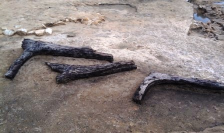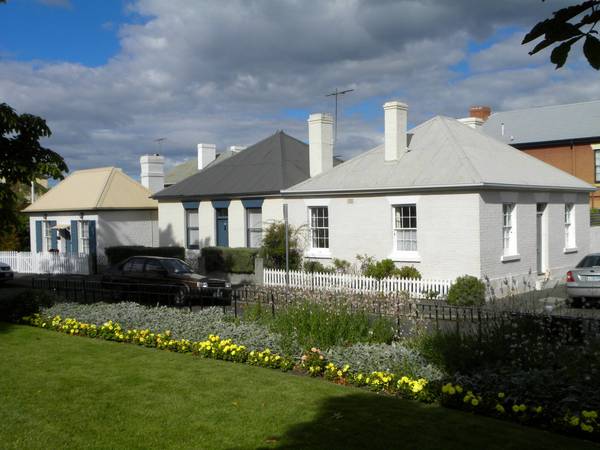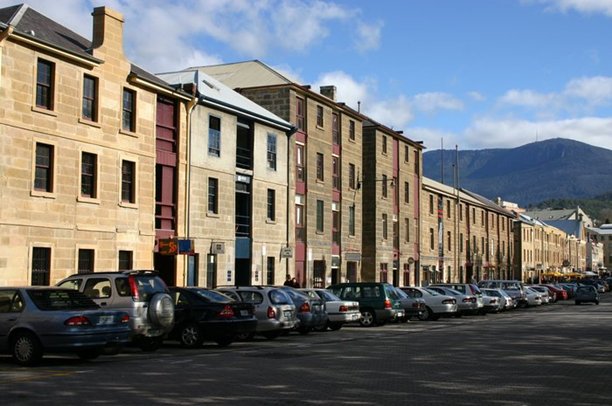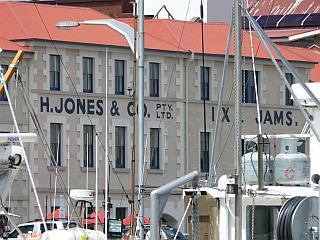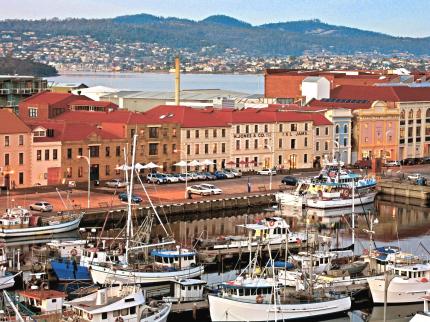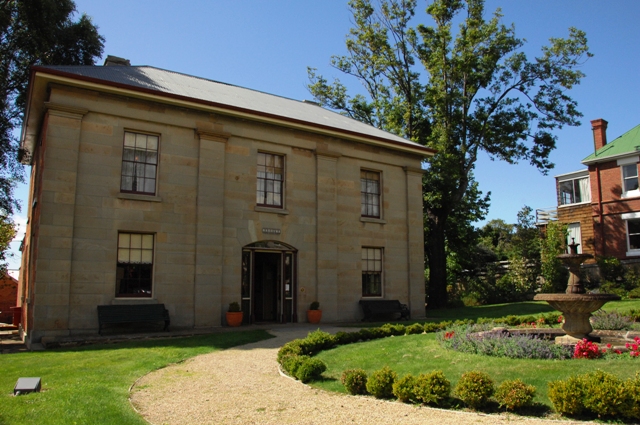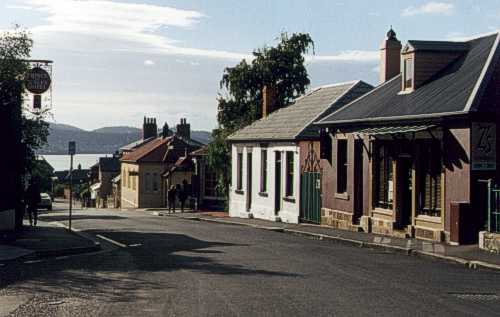The Secretariat, November 2013, Built in the late 19th century it is the most imposing of all Yangon’s historic buildings.
There’s nothing like a dose of Myanmar to strain the mind over questions of heritage. Streets and streets of magnificent crumbling colonial buildings in Yangon. Visions of the millions of baskets of building materials carted on hundred of heads up so many paths to repair and secure so many temples on so many hilltops. Exquisitely carved old teak monasteries languishing in ancient and deserted rural places that were once cities, or tucked away down side streets behind the brutal new Chinese inspired high rise of ugly modern Mandalay.
The ruins of Bagan with its thousands of temples, both tiny and grand, stretching beyond where the eye can see – 42 square kilometers. Inadequate attempts are made to imagine the missing domestic and public structures that once filled the vast spaces of this lost city but it is just about impossible to get any real perspective on its lost greatness. The woeful tale of attempts to have this magical place recognised by UNESCO as a world heritage site make a good introduction to anyone interested in understanding the complexities and politics of heritage issues in Myanmar.
At the local level in villages across the country nothing much remains of ephemeral domestic and worka-day structures of even a decade ago. The remains an old rice mill, its water races and stones still in evidence, its thatched roof thinning to the open sky, a building rendered obsolete by small insertions of industrialised power that alter forever the way that materials are made and the way that people labour. We saw this is 2013. Will it be there in 2014?
Yangon alone blitzes the senses with its heavy load of historical content. One legacy of years of isolation is the finest and largest collection of British public and private sector colonial buildings in the world. Post offices, hospitals, schools, banks.
Pegu Club November 2013
The amazing Pegu Club, unofficial centre of British politics and intrigue, a mouldering timber and brick wonder of dance halls and dining rooms, of remnant squash courts and swimming pool, of carved teak staircases and rooms providing accommodation for Anglo gentlemen, sojourners, mad or otherwise. Local Burmese were not permitted, except as servants.Who will restore this crumbling pile, redolent with memories of oppression and arrogance of a failed Empire?
View of the Secretariat Building, 1900s
The 16 acres (6.5 hectares) of the magnificent Secretariat buildings, the official HQ of British power, in the heart of downtown Yangon has survived a little better as it was used until recently and only abandoned by the Myanmar bureaucracy after the military government established a new capital in Naypyidaw in 2005.
The Yangon Heritage Trust is a non-government organisation established under the patronage of Thant Myint-U which hopes to get joint government-private sector involvement in restoring heritage buildings for commercial use. The local government Yangon City Development Committee’s list of heritage buildings contains temples, pagodas and monasteries as well as many British era structures. Lists are one thing, heritage conservation is quite another, and in the plethora of problems and challenges facing Myanmar, the importance of heritage can easily get lost.
…So then home to the prospect of the O’Farrell government emaciating the heritage strengths in our own planning legislation. Glimpsing the plight of another place with so many mindboggling problems, including so many intractable heritage issues, does not make you feel relaxed at the state of thing at home. Just frustrated at the lack of vision, the narrowness of understanding of how very important it is to take our heritage seriously. Any place can throw up the modern and the utilitarian structures that maximise the profits of the bottom line. Just look at Mandalay, a name redolent with romance, an ugly place of overanxious development at all costs. Today, Yangon’s retention of so much of its past is a miracle. The next years might see it disappear unless developers, government, developers and the world come to understand its potential as a special place. The Yangon Heritage Trust has friends in powerful places and fingers are crossed for a good outcome of its work.
As for Sydney, there was the small triumph of the withdrawal of the Planning Bill 2013 after a plethora of amendments aimed at strengthening its community and heritage elements were introduced in the Legislative Council. But the bill will be back again in February or March and it’s not likely that the development sector has stopped lobbying, let alone grown in appreciation of even the economic potential in heritage understanding. And so the fight continues.
Below are some links to sites that discuss Yangon heritage issues.















